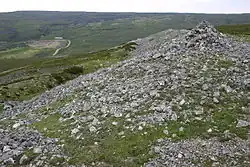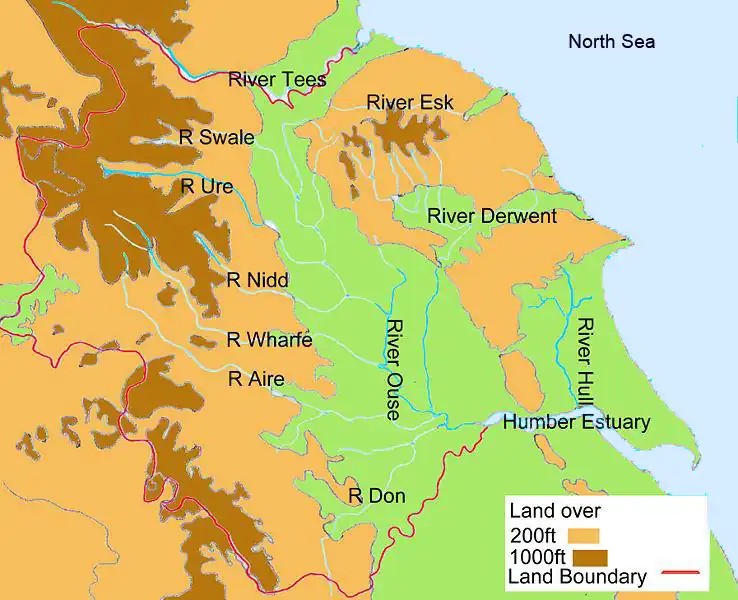Portal:Yorkshire
The Yorkshire Portal
Yorkshire (/ˈjɔːrkʃər, -ʃɪər/ YORK-shər, -sheer) is an area of Northern England which was historically a county. Despite no longer being used for administration (other than devolved mayoral administrations), Yorkshire retains a strong regional identity. The county was named after its county town, the city of York.
The south-west of Yorkshire is densely populated, and includes the cities of Leeds, Sheffield, Bradford, Doncaster and Wakefield. The north and east of the county are more sparsely populated, however the north-east includes the southern part of the Teesside conurbation, and the port city of Kingston upon Hull is located in the south-east. York is located near the centre of the county. Yorkshire has a coastline to the North Sea to the east. The North York Moors occupy the north-east of the county, and the centre contains the Vale of Mowbray in the north and the Vale of York in the south. The west contains part of the Pennines, which form the Yorkshire Dales in the north-west. (Full article...)
Selected article
.jpg)
York is a walled city, situated at the confluence of the Rivers Ouse and Foss in North Yorkshire, England. The city has a rich heritage and provided the backdrop to major political events throughout much of its two millennia of existence.
The city was founded by the pre-Roman Brythonic people and named Eborakon meaning "place of the yew trees", and later called Eboracum in 71 AD by the Romans who made it the capital of their Province of Britannia Inferior. At the end of Roman rule in 415 AD the settlement was taken over by the Angles and the city was renamed Eoforwic. It served as the capital of the Anglian Kingdom of Northumbria. When the Vikings captured the city in 866 AD they renamed it Jórvík and it became the capital of a wider kingdom of the same name covering much of Northern England. After the Norman Conquest, the name "York", which was first used in the 13th century, gradually evolved. In the Middle Ages York grew as a major wool trading centre and the ecclesiastical capital of the northern province of England. The Province of York is still one of the two Church of England ecclesiastical provinces, alongside that of Canterbury.
York's location on the River Ouse, in the centre of the Vale of York and half way between the capitals of London and Edinburgh means that it has long had a significant position in the nation's transport system. The 19th century saw York, under the influence of George Hudson, become an important hub of the railway network and a manufacturing centre. In recent decades the economy of York has moved from being dominated by its confectionery and railway-related industries to one that provides services. The University of York and health services have become major employers. Tourism also boosts the local economy because the city offers a wealth of historic attractions, of which York Minster is the most prominent, and a variety of cultural activities. York Racecourse and Kit Kat Crescent, the home of York City F.C., are the most prominent sporting venues in the city and the River Ouse provides opportunities for both sporting and leisure pursuits. (read more . . . )
Selected image
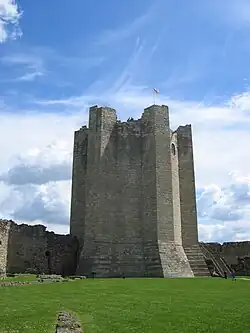
Credit: Photograph by Chris Franks
Conisbrough Castle Keep is a 100 ft high circular keep, which is supported by six buttresses that dates to the 12th century. In the mid-1990s, the keep was restored, with a wooden roof and two floors rebuilt. (read more . . . )
Selected biography
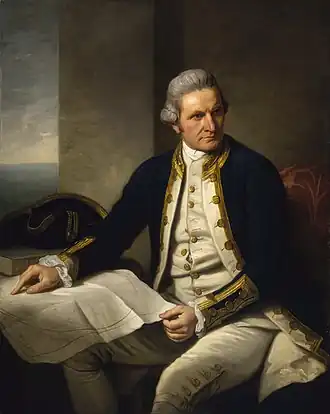
Cook joined the British merchant navy as a teenager, and joined the Royal Navy in 1755. He saw action in the Seven Years' War, and subsequently surveyed and mapped much of the entrance to the St. Lawrence River during the siege of Quebec. This allowed General Wolfe to make his famous stealth attack on the Plains of Abraham, and helped to bring Cook to the attention of the Admiralty and Royal Society. This notice came at a crucial moment both in his personal career and in the direction of British overseas exploration, and led to his commission in 1766 as commander of HM Bark Endeavour for the first of three Pacific voyages. (read more . . . )
Selected list -
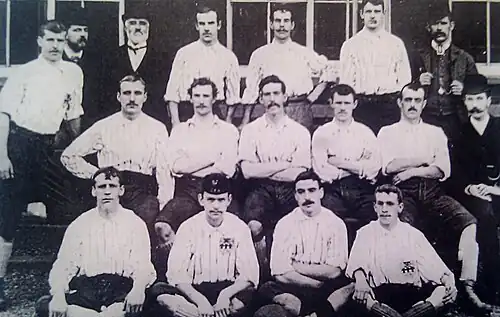
Sheffield United played their inaugural league fixture as part of the Midland Counties League on 13 September 1890 against the now defunct Burton Wanderers. Since that game they have faced 115 different sides in league football with their most regular opponent having been Blackburn Rovers, against whom United have played on 142 occasions since their first meeting on 15 January 1894. As such United have registered more wins against the Lancashire side than any other, triumphing on 55 occasions. The most league defeats suffered by United have come against West Midlands team Aston Villa who have beaten them on 59 occasions, while the most draws have been registered against cross-city rivals Sheffield Wednesday with whom they have shared the points in 39 games. The most recent new league opponents for Sheffield United have been AFC Wimbledon, who they first met on 10 September 2016 in a League One fixture. (Full article...)
Selected Did You Know . . .

- ... that six Pre-Raphaelite artists designed the set of stained glass panels (pictured) illustrating scenes from the story of Sir Tristram and la Belle Isoude as told in Sir Thomas Malory's Morte d'Arthur?
- ... that Anne Brontë's Agnes Grey discusses both issues of the fair treatment of governesses and the ethical claim of animals to human protection?
- ... that the Kirklees Priory in West Yorkshire is the supposed site of Robin Hood's grave?
General images -
Subcategories

Selected panorama
Topics
Related portals
WikiProjects

- WikiProject Yorkshire
- WikiProject Sheffield
- WikiProject United Kingdom
- WikiProject England
- WikiProject North East England
Things you can do
 |
Here are some tasks awaiting attention:
|
Associated Wikimedia
The following Wikimedia Foundation sister projects provide more on this subject:
-
Commons
Free media repository -
Wikibooks
Free textbooks and manuals -
Wikidata
Free knowledge base -
Wikinews
Free-content news -
Wikiquote
Collection of quotations -
Wikisource
Free-content library -
Wikiversity
Free learning tools -
Wikivoyage
Free travel guide -
Wiktionary
Dictionary and thesaurus
-
 List of all portals
List of all portals -

-

-

-

-

-

-

-

-

-
 Random portal
Random portal -
 WikiProject Portals
WikiProject Portals

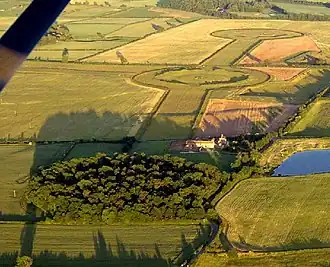

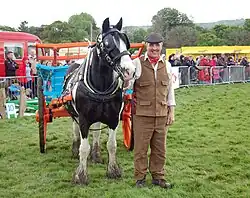


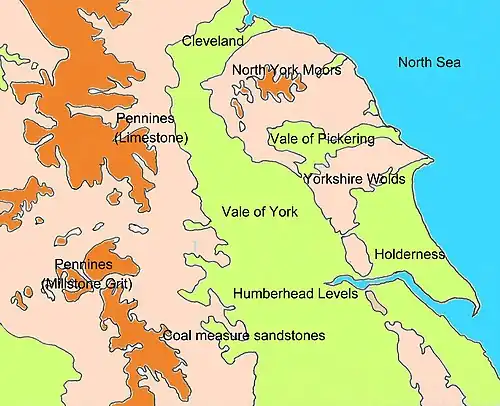

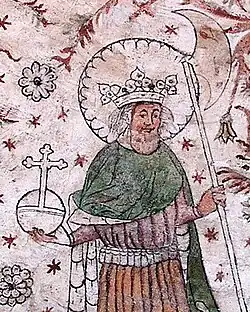




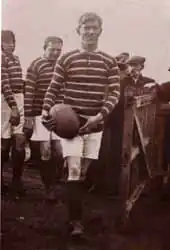
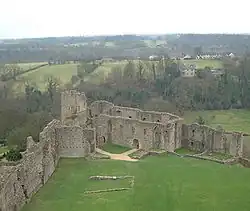
Apr2006.jpg)




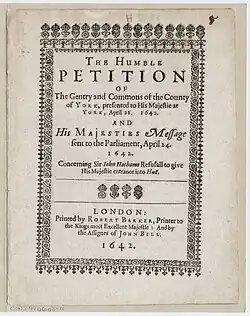

.jpg)


